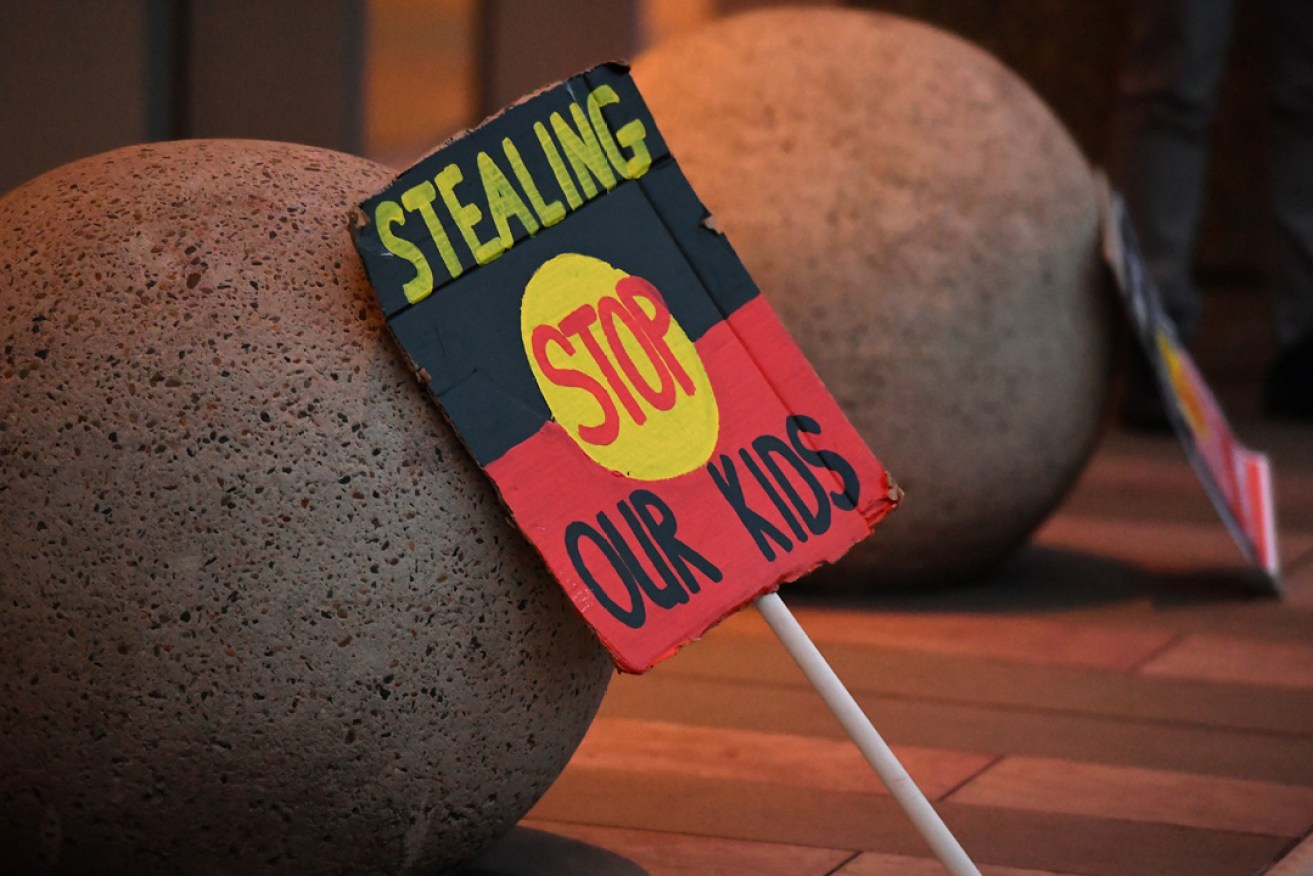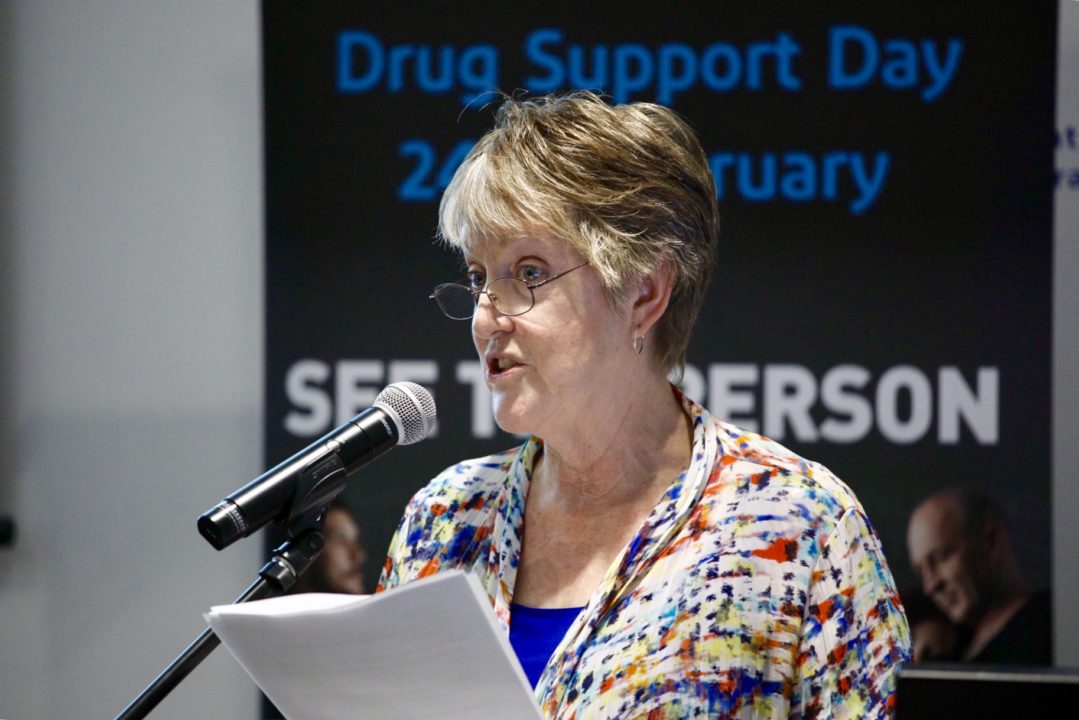“Concerning” drop in SA Aboriginal child placement rate
South Australia’s Guardian for Children and Young People has criticised a “concerning” decline in the number of Aboriginal children being placed with Aboriginal carers in the state’s child protection system.

Photo: AAP
According to a report published today by Guardian Penny Wright, the number of Aboriginal children in SA who are fostered by members of their extended family or community has dropped by about 10 per cent in the past 10 years.
Aboriginal children who enter the state’s child protection system are currently placed in accordance with a Federal Government-endorsed Aboriginal Child Placement Principle, which aims to preserve Aboriginal children’s connection to culture by ensuring authorities first consider a child’s extended family as potential foster parents.
If a child’s extended family is unable to provide care, a member of the child’s community or carers in another Aboriginal community are considered.
In South Australia, 65 per cent of Aboriginal children in the child protection system were last year placed in accordance with the Child Placement Principle.
That figure dropped from 74.4 per cent in 2009.
Wright told InDaily today she found the decline in the Child Placement Principle rate in South Australia “of serious concern”.
“It means that fewer Aboriginal children are being placed with people who are known to them and who share a connection to them and their culture,” she said.
“These are the very people who will help them understand who they are and where they belong and how important their culture is.”
Wright said she did not believe there was a lack of will from Aboriginal people to take on kinship carer roles, rather, the decline was linked to the “scale of crisis of the number of young people needing family-based care”.
“I think it’s related to the capacity of Aboriginal families to expand to take in more and more children,” she said.
“That requires an investment to support them with practical things like housing, but also support like ensuring the children have the therapies that they might need or the services, and that they get support for their education.
“We need to find out what’s going on here and ask the question – is it that the decision-makers aren’t paying enough attention to the importance of Aboriginal children being placed in accordance with the principle?”

Guardian for Children and Young People Penny Wright. Photo: Tony Lewis/InDaily
Wright’s comments follow a report from national peak Aboriginal child welfare group SNAICC, which stated South Australia’s child protection legislation has “relatively limited recognition or promotion of Aboriginal and Torres Strait Islander peoples”.
“While the South Australian reform agenda puts forward a strong prevention and early intervention focus, there is a concerning absence of recognition of the need to involve Aboriginal and Torres Strait Islander families, communities and organisations,” the report says.
But Department for Child Protection acting chief executive Fiona Ward said the Government was committed to placing Aboriginal children and young people in accordance with the Aboriginal and Torres Strait Islander Child Placement Principle.
“Acknowledging that the percentage of children placed in accordance with the ATSICPP in 2018-19 was lower than 2008-09, overall the number of children placed in accordance with the Principle has nearly doubled,” she said.
“The decline in the proportion of children being placed in line with the Principle is reflective of the significant growth in children and young people requiring out of home care, including Aboriginal children and young people.”
Ward said the Government had implemented a range of strategies to reduce the number of children who needed to enter out-of-home care, including establishing a new Intensive Support Unit and an Aboriginal Family Scoping Unit to identify appropriate kinship options for Aboriginal children.
“For those children who do need to come into care to ensure their safety, we do need more community members willing to open up their homes and be carers for both Aboriginal and non-Aboriginal children and young people in care – whether it be for the provision of short term respite, kinship care or other longer term care options,” she said.
Data from the Report on Government Services shows that in June last year, Aboriginal children made up 33 per cent of South Australian children in out-of-home care.
Aboriginal children were also 41 times more likely to be in detention than non-Aboriginal children.
“I am generally an optimistic person but certainly these statistics year after year make me feel very despondent,” Wright said.
“There’s no doubt we have a national crisis of Aboriginal children and young people in the care and protection system, and in the youth justice system.
“Every year, unfortunately, it seems the overrepresentation issue is getting worse.”
Want to comment?
Send us an email, making it clear which story you’re commenting on and including your full name (required for publication) and phone number (only for verification purposes). Please put “Reader views” in the subject.
We’ll publish the best comments in a regular “Reader Views” post. Your comments can be brief, or we can accept up to 350 words, or thereabouts.
InDaily has changed the way we receive comments. Go here for an explanation.




